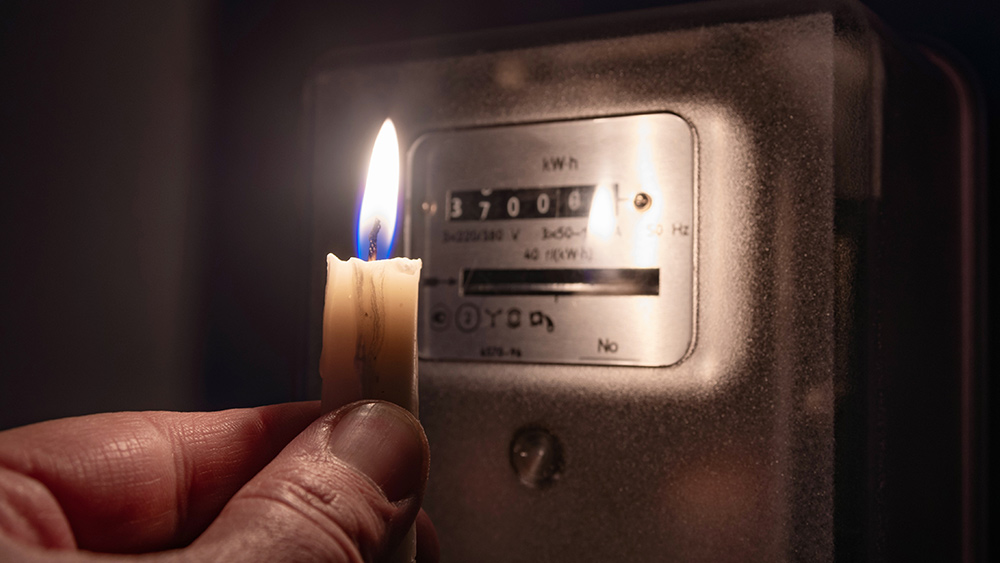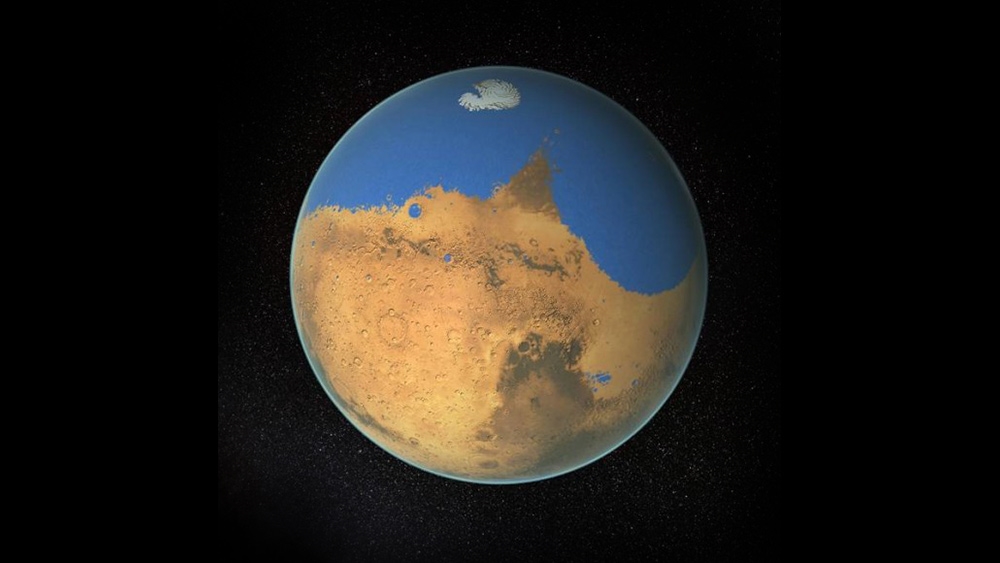Mysterious shock wave cracks Earth’s magnetosphere – exposing the planet to dangerous space radiation for hours
12/26/2022 / By Kevin Hughes

A mysterious shock wave cracked Earth’s magnetosphere Monday night, December 19. Magnetosphere is the region that protects the planet from harmful space radiation.
Although the shockwave’s origin is unknown, astronomers think it came from an ejection of energetic and highly magnetized, superheated gas discharged from the sun, which is also called a coronal mass ejection (CME).
According to Space Weather, the ejection may have been unleashed from sunspot AR3165, which fired at least eight solar flares into space on December 14 that caused blackouts over the Atlantic Ocean. Even though scientists are not yet sounding the alarm, a crack can remain open for hours and allow solar winds to flow through.
The sunspot was seen sizzling on December 14 and then discharged an M6-class explosion that struck Earth. M-class flares are classified as medium-sized but these occurrences can create short radio blackouts like what happened over the Atlantic.
The National Aeronautics and Space Administration’s (NASA) Solar Dynamics Observatory, a probe analyzing Earth’s sun, caught the eruptions from the sunspot – a dark area cooler than other portions of the surface, which pours out streams of plasma.
Brilliant flashes of light were spotted coming from the sunspot, which possibly sent the shock wave toward Earth. Shock waves happen when a rapid pulse of solar wind rakes through the lagging solar wind. They are made up of compressed and heated gases.
CMEs can expel billions of tons of corona material from the sun’s surface. The material contains plasma and magnetic fields. These eruptions have the power to cause space weather that can intervene with satellites and power grids on Earth and can be detrimental to unprotected astronauts.
Earth’s magnetosphere is situated in its magnetic field, which stretches thousands of miles into space. Its magnetism affects everything from worldwide communication to animal migration and weather patterns. The sun appears to be moving into an active period of its 11-year cycle of activity that started in 2019 and is predicted to peak in 2025.
Solar flares, which are blasts of electromagnetic radiation that travel at the speed of light, normally reach Earth within eight minutes of appearing from the sun’s atmosphere. (Related: Study captures life cycle of solar flares, but how do flares affect us on Earth?)
The most powerful class is X flares, followed by M class ones, which are the ones seen on December 14.
“Three more M flares: An M6, M3 and M2 all from AR3165. That makes 8 M flares so far today. They seem to be getting bigger, is an X flare in the offing? Stay tuned,” Solar physicist Keith Strong wrote on Twitter.
Shock waves could trigger geomagnetic storm similar to Carrington Event
The shock wave that cracked Earth’s magnetosphere could trigger geomagnetic storms. These geomagnetic storms can warp Earth’s magnetic field and send satellites crashing to the planet. They can also destroy electrical systems and disable the internet.
Geomagnetic storms happen after a solar flare if the exchange of energy from the sun reaches the space surrounding Earth through solar wind.
The biggest geomagnetic storm in recent history was the Carrington Event in 1859, which unleashed roughly the same energy as 10 billion one-megaton atomic bombs.
After crashing into Earth, the strong stream of solar particles fried telegraph systems around the globe and created auroras brighter than the light of the full moon that appeared as far south as the Caribbean.
If a similar incident were to occur today, scientists warned that it would make trillions of dollars worth of damage, spark widespread blackouts and imperil thousands of lives.
NASA reported that a geomagnetic storm in 1989 ejected a billion-ton plume of gas that produced a blackout across the entire Canadian province of Quebec.
But this may not even scratch the surface of what the sun is capable of hurling at Earth.
Scientists are also examining the cause of a series of unexpected and massive spikes in radiation levels registered in ancient tree rings across Earth’s history.
The theory is that the spikes could have originated from solar storms 80 times more forceful than the Carrington Event.
Follow Space.news for more news about shock waves and solar storms.
Watch the video below to know how a solar storm could wipe out the world’s internet.
This video is from the The Prisoner channel on Brighteon.com.
More related stories:
New study finds cosmic shock wave 60 times larger than the Milky Way.
Sunspot unleashes a dozen solar flares in a day, causing radio blackouts worldwide.
Scientists discover new solar waves that move three times faster than they thought possible.
Sources include:
Submit a correction >>
Tagged Under:
Carrington event, disaster, Earth, geomagnetic storms, magnetic fields, magnetosphere, NASA, plasma, radiation, satellites, shock wave, solar, solar winds, space, space radiation, sun, sunspot
This article may contain statements that reflect the opinion of the author
RECENT NEWS & ARTICLES
NewScienceReport.com is a fact-based public education website published by New Science Report Features, LLC.
All content copyright © 2018 by New Science Report Features, LLC.
Contact Us with Tips or Corrections
All trademarks, registered trademarks and servicemarks mentioned on this site are the property of their respective owners.




















